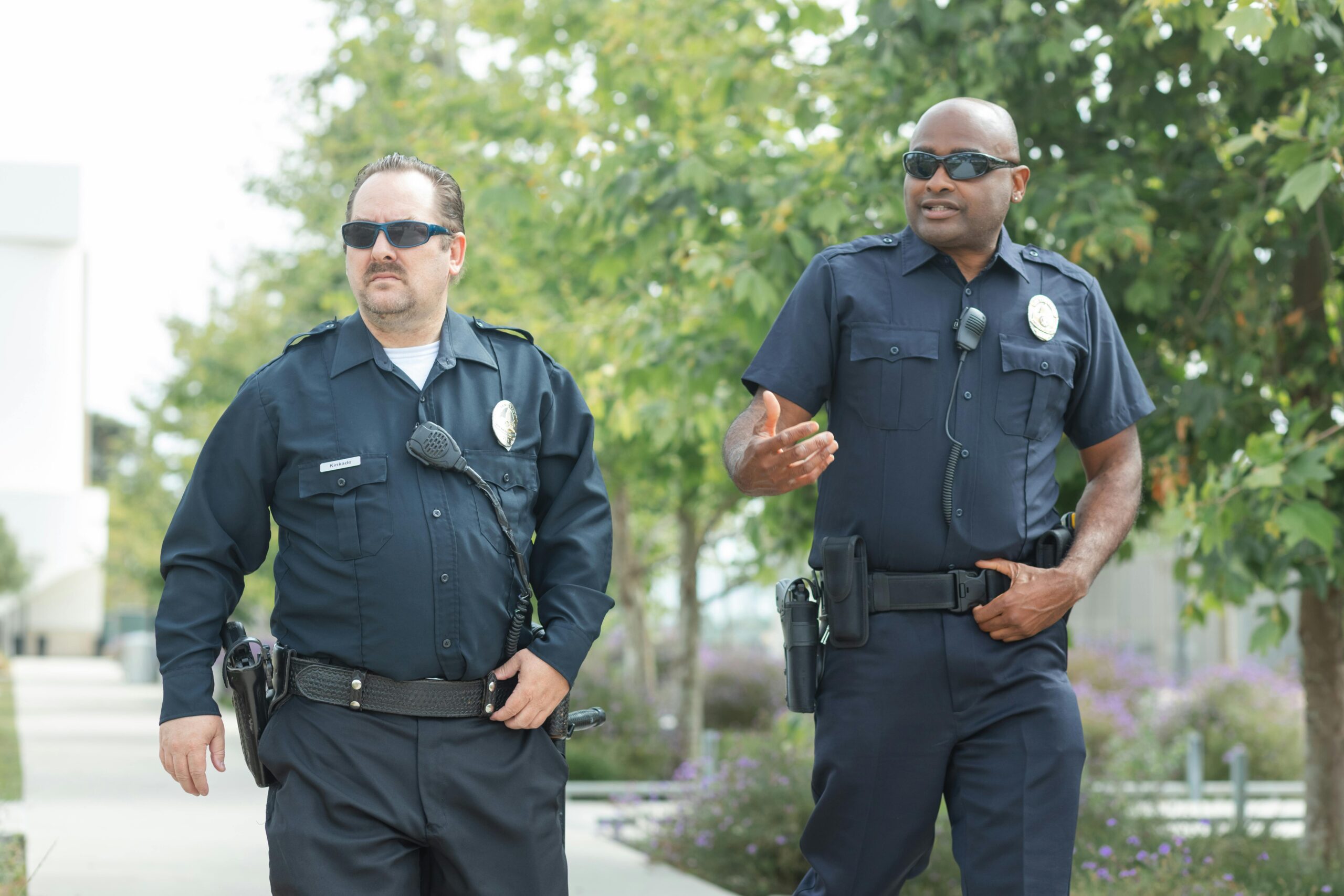In recent years, police body cameras have emerged as a critical tool in promoting transparency and accountability in law enforcement. As debates over police practices continue, these devices play a pivotal role in shaping public trust and ensuring justice is served. In this article, we’ll delve into the influence of police body cameras on accountability, examining their benefits, challenges, and the broader implications for the justice system.
Understanding Police Body Cameras
Police body cameras are small, wearable devices that record interactions between officers and the public. They capture video and audio footage, providing a firsthand account of incidents. This technology aims to enhance transparency, protect officers and civilians, and provide objective evidence in disputes.
The Rise of Police Body Cameras
The use of police body cameras has grown significantly over the past decade. Many departments across the United States and globally have adopted this technology to improve accountability and build community trust. The push for widespread adoption gained momentum following high-profile incidents of police misconduct, sparking public outcry and demands for reform.
Benefits of Police Body Cameras
Enhancing Accountability
One of the primary benefits of police body cameras is their ability to increase accountability. By recording interactions, these devices provide an objective account of events, reducing the likelihood of false accusations against officers and discouraging misconduct. The presence of a camera can serve as a reminder for officers to adhere to protocols and treat individuals with respect.
If you feel you were improperly arrested, get in touch with us today.
Building Public Trust
Body cameras can foster trust between law enforcement agencies and the communities they serve. When citizens know that interactions are being recorded, they may feel more assured of fair treatment. Transparency in policing practices can lead to improved community relations and a stronger partnership in promoting public safety.
Providing Evidential Support
Body camera footage serves as crucial evidence in investigations and legal proceedings. It offers an unbiased perspective that can help clarify disputed events, leading to more informed decisions by prosecutors, judges, and juries. This evidence can be particularly valuable in cases involving claims of excessive force or misconduct.
Challenges and Considerations
Privacy Concerns
Despite their benefits, police body cameras raise significant privacy issues. Recording interactions means capturing sensitive information about individuals, which could be misused or improperly accessed. Balancing transparency with privacy rights is a complex challenge that requires careful policy development and regulation.
Data Management and Costs
Managing the vast amounts of data generated by body cameras is another challenge. Storing, analyzing, and retrieving footage requires substantial resources and technological infrastructure. The costs associated with equipment, data storage, and maintenance can be significant, potentially straining budgets for smaller police departments.
Policy and Usage
Effective implementation of body cameras hinges on clear policies governing their use. This includes guidelines on when cameras should be activated, how footage is stored, and who can access it. Ensuring that officers consistently use cameras according to policy is crucial for maintaining the integrity of the system.
Case Studies and Real-World Impacts
Increased Officer Accountability
Several studies have highlighted the positive impact of body cameras on officer behavior. Research suggests that the presence of cameras can reduce incidents of force and complaints against officers. For instance, a study conducted in Rialto, California, found a significant decrease in both use-of-force incidents and complaints after implementing body cameras.
Evidential Clarity in Legal Proceedings
Body camera footage has been instrumental in resolving legal disputes and holding individuals accountable. In some cases, the footage has exonerated officers wrongly accused of misconduct, while in others, it has provided critical evidence leading to convictions.
Community Relations and Perceptions
Communities with police departments that use body cameras often report improved perceptions of law enforcement. The visibility of recording devices can reassure citizens that their interactions with officers are being documented, fostering a sense of security and fairness.
The Future of Police Body Cameras
Technological Advancements
As technology evolves, so too will police body cameras. Future advancements may include features like automatic activation in response to certain triggers, improved storage solutions, and enhanced analytics capabilities. These developments will further enhance the effectiveness and efficiency of body camera programs.
Policy Evolution
The evolution of policies governing body camera use will be critical in addressing ongoing challenges. Policymakers must continue to refine regulations to balance transparency, privacy, and accountability. Regular reviews and updates to policies will ensure that body cameras remain a valuable tool in modern policing.
Final Thoughts
Police body cameras have become an essential component of efforts to enhance accountability and transparency in law enforcement. While they present challenges, the benefits of building public trust, providing evidential support, and improving officer behavior are significant. As technology and policies evolve, body cameras will continue to play a vital role in shaping the future of policing. By understanding their impact and addressing concerns, society can harness this technology to promote justice and strengthen community relations.
Disclaimer: This content is for informational and educational purposes only and does not constitute legal advice. For legal guidance specific to your situation, please contact Martine Law.


